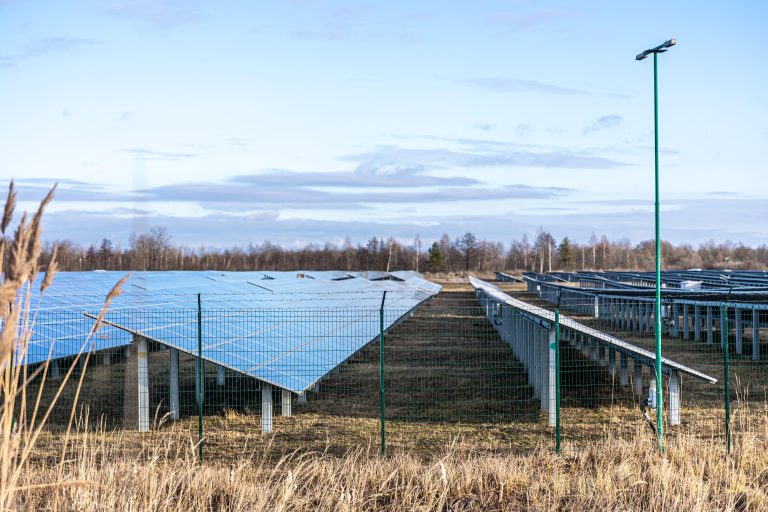Introduction: The Heat Is Rising — and So Are the Bills
Every extra degree of temperature matters. As global warming intensifies, the world isn’t just getting hotter—it’s getting more expensive to stay cool. Air conditioners are running longer, fans are working overtime, and electricity bills are soaring. According to the International Energy Agency (IEA), global electricity demand for cooling has tripled since 1990, and continues to rise as temperatures climb year after year.
But there’s a smarter, cleaner, and more affordable way to power your comfort: solar energy.
1. Climate Change and the Global Temperature Spike
The last decade has been the hottest in recorded history. The World Meteorological Organization (WMO) reports that 2023 was approximately 1.45°C warmer than pre-industrial levels — putting us dangerously close to the 1.5°C limit set by the Paris Agreement.
As temperatures rise, so does the need for cooling. In countries like India, the U.S., and Australia, electricity grids experience peak demand during summer months, largely due to air conditioning. This extra demand not only strains power infrastructure but also leads to higher energy tariffs and increased carbon emissions.
2. The Hidden Cost of Staying Cool
A report by the U.S. Energy Information Administration (EIA) revealed that air conditioning alone can account for up to 17% of total household electricity use. In hotter regions, this number can shoot up to 50% during summer.
The result?
- Skyrocketing monthly electricity bills
- Increased dependence on fossil-fuel-based power generation
- Greater CO₂ emissions contributing to further warming
It’s a vicious cycle: more heat → more cooling → more energy use → more heat.
3. How Solar Energy Breaks the Cycle
Solar power offers the perfect way to flip this narrative. By harnessing sunlight—the very source of the heat—we can turn rising temperatures into a source of energy savings.
Here’s how solar helps:
- ☀️ Generates more power during hot, sunny days — right when you need it most.
- 💰 Cuts your electricity bill by up to 70–90%, depending on system size and usage.
- 🌍 Reduces greenhouse gas emissions, fighting the very cause of global warming.
- 🔋 Supports sustainable living through clean, renewable energy for decades.
For commercial users, solar can offset massive peak-time energy costs, improving operational efficiency and long-term savings.
4. Real-World Impact: Turning Sunshine into Savings
Let’s put it into perspective.
If an average household spends ₹6,000 ($70–80) monthly on electricity during summer, switching to solar could reduce that cost to under ₹1,500, depending on consumption and system capacity.
Over a 25-year lifespan of solar panels, the same household could save ₹10–15 lakhs ($12,000–18,000) — all while reducing its carbon footprint by over 100 tons of CO₂.
5. Every Degree Counts — Every Panel Helps
The more we delay transitioning to clean energy, the more severe and expensive climate change becomes. Each 1°C rise in temperature is linked to billions in global energy costs, food insecurity, and infrastructure damage. By adopting solar power, you’re not just saving money—you’re contributing to a global solution.
Conclusion: The Power to Change the Climate Starts on Your Roof
Climate change isn’t a distant problem—it’s happening right now, and it’s reflected in your electricity bill. But with solar energy, you can take control. Every solar panel you install helps lower your costs, reduce emissions, and make your home or business part of a cleaner, cooler future.






